Deputy Prime Minister Tran Hong Ha. (Photo: Minh Duc/VNA)
On the morning of June 16, at the Government Headquarters, Deputy Prime Minister Tran Hong Ha chaired a meeting to give opinions on the Policy Profile of the Law on Civil Aviation of Vietnam (replacement) to institutionalize the Party's guidelines and policies, the Government 's direction, in accordance with international treaties, and in accordance with new regulations and recommendations of the International Civil Aviation Organization (ICAO).
Paving the way for modern development and integration
Speaking at the meeting, Deputy Prime Minister Tran Hong Ha emphasized that the highest goal of this revised law is to create breakthroughs, remove bottlenecks, and improve the capacity of state management of aviation in a clear, correct, practical and consistent manner with international commitments; paving the way for the aviation industry to develop modernly and integrate.
The drafting agency receives comments, completes the dossier, ensures clear regulations on the contents that need to be legalized (under the authority of the National Assembly), and at the same time reasonably decentralizes to the Government in organizing implementation; closely following the spirit of Resolution 66-NQ/TW on innovation in law-making work.
"Whatever is "ripe and clear" should be included in the law; what is "unclear" should be regulated in the direction of policy orientation, pilot (sandbox), avoiding being tied to practice. Policy groups need to clarify the content of issues to be added or revised, avoiding changing the formal policy group while the content goes in the wrong direction," the Deputy Prime Minister said.
Agreeing with the proposal to separate the aviation security and safety policy group, the Deputy Prime Minister suggested adding regulations on aviation security for unmanned aerial vehicles (drones) participating in civil aviation transportation in the direction of legalization or putting them into research and piloting; updating aviation safety regulations for modern flying vehicles, applications in medicine, commerce, air taxis, etc.
The law needs to thoroughly handle the mechanism of land use, defense-security assets combined with civil purposes at dual-use airports, avoiding overlap between aviation, land and defense laws; clearly defining public-private relations in investment-operation-management of port infrastructure, avoiding overlap, lack of transparency, "which part is managed by the state, which part is the private sector's responsibility"; reviewing competition policies, allocating flight time slots, and concessions to ensure fairness between state-owned and private aviation enterprises, and supporting mechanisms for Vietnam's aviation development, with sufficient capacity for international integration...
Regarding international commitments, especially with ICAO, the Deputy Prime Minister requested to include in the law the agreed contents, especially those related to the organization, functions and tasks of the state management agency on aviation.
In addition, it is necessary to supplement policies on environmental protection and sustainable development in the aviation industry, such as updating the roadmap for CO2 emission reduction, fully participating in the International Aviation Carbon Offsetting and Reduction Program (CORSIA), and encouraging the use of sustainable aviation fuel (SAF).
The Deputy Prime Minister suggested that the aviation industry development policy be made a separate, independent content with a specific roadmap. This is a new field with great potential, which needs to be clearly defined in the law to gradually form domestic capacity in manufacturing, repairing, developing aviation equipment and technical services.
In the context of new risks and dangers in aviation safety and security, the Deputy Prime Minister said it is necessary to stipulate mechanisms and policies for investment in technology to monitor, detect and promptly handle flying objects that illegally enter airport areas.
Proposed 5 groups of revised policies
At the meeting, the Director of the Civil Aviation Authority of Vietnam said that based on the summary of the implementation of the Law on Civil Aviation of Vietnam, updating ICAO's recommendations and new development requirements, the drafting agency proposed 5 groups of revised policies.
Specifically, perfecting the legal framework on state management organization of the aviation sector, clarifying the role and legal status of aviation authorities and aviation security authorities; developing the aviation industry.
Planes of Vietnamese airlines at Noi Bai International Airport. (Photo: PV/Vietnam+)
In addition, perfecting aviation safety policies, closely following the eight key elements in ICAO's safety monitoring system; updating and supplementing aviation security policies, considering this a part of national security, with specialized organizations and independent investigation mechanisms.
At the same time, amend policies on investment and exploitation of airports, especially dual-use airports with defense-security elements and public-private partnership (PPP) mechanisms; develop air transport, including policies to encourage cargo carriers, improve service quality and airline responsibility.
In addition, the Ministry of Construction proposed to add the scope of regulation for drones and flying taxis, in order to update technology trends and pave the way for piloting new models.
The Ministry of Construction proposed to abolish the following contents: planning of flight information regions; not specifying details, conditions, processes, administrative procedures and assigning responsibilities of government agencies to ensure flexibility and suitability with reality; not legalizing contents within the scope of regulation of sub-law documents.
State management policies on civil aviation meet the policies and requirements of the Party and the State in the issue of decentralization and delegation of power such as: granting Air Transport Business Licenses and General Aviation Business Licenses from the Prime Minister to the Ministry of Construction to avoid duplication with investment policy approval procedures and create favorable conditions for investors and businesses.
The policy development process has planned to cut 33.33% of administrative procedures, including abolishing 11 administrative procedures; cut 31% of business conditions, including abolishing 11 business conditions and 3 fields of operation of the service business sector at airports including: airport exploitation services, aviation security services, and aviation technical services.
At the meeting, leaders of the Ministries of Public Security, Justice, Finance, Industry and Trade... exchanged and discussed groups of policies on aviation security and safety; management of new aircraft and low-altitude transport; development of the aviation industry; flexible decentralization and delegation in accordance with changes in science, technology and the market; international commitments and integration into the international aviation market; the role of inter-sectoral coordination./.
According to VNA
Source: https://baothanhhoa.vn/bo-sung-quy-dinh-ve-an-ninh-hang-khong-doi-voi-phuong-tien-bay-khong-nguoi-lai-252331.htm


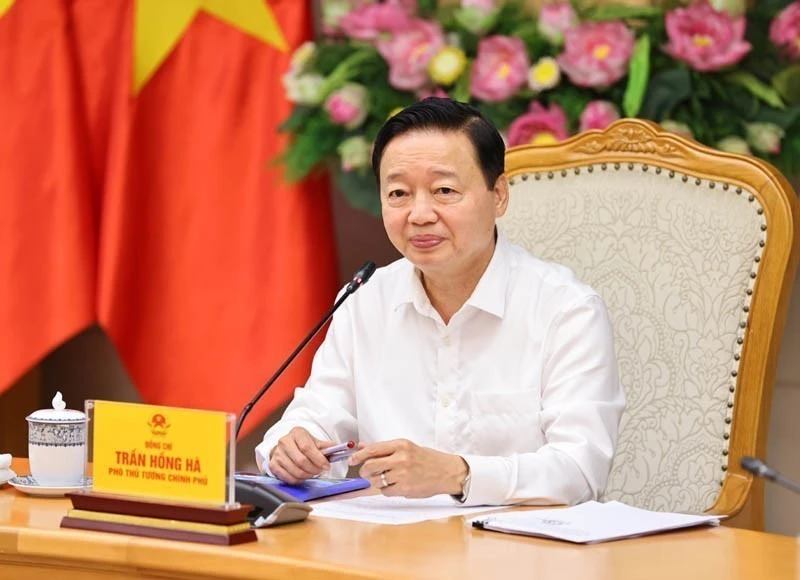
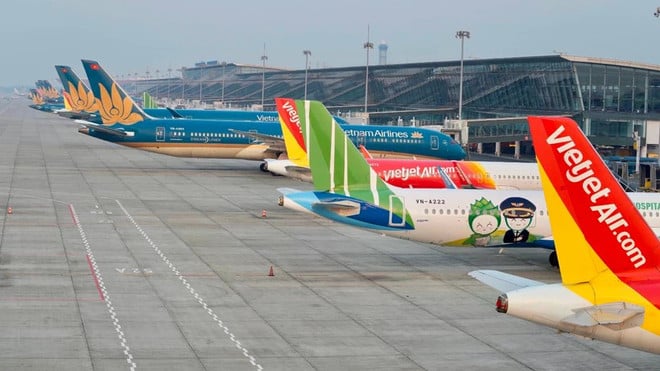
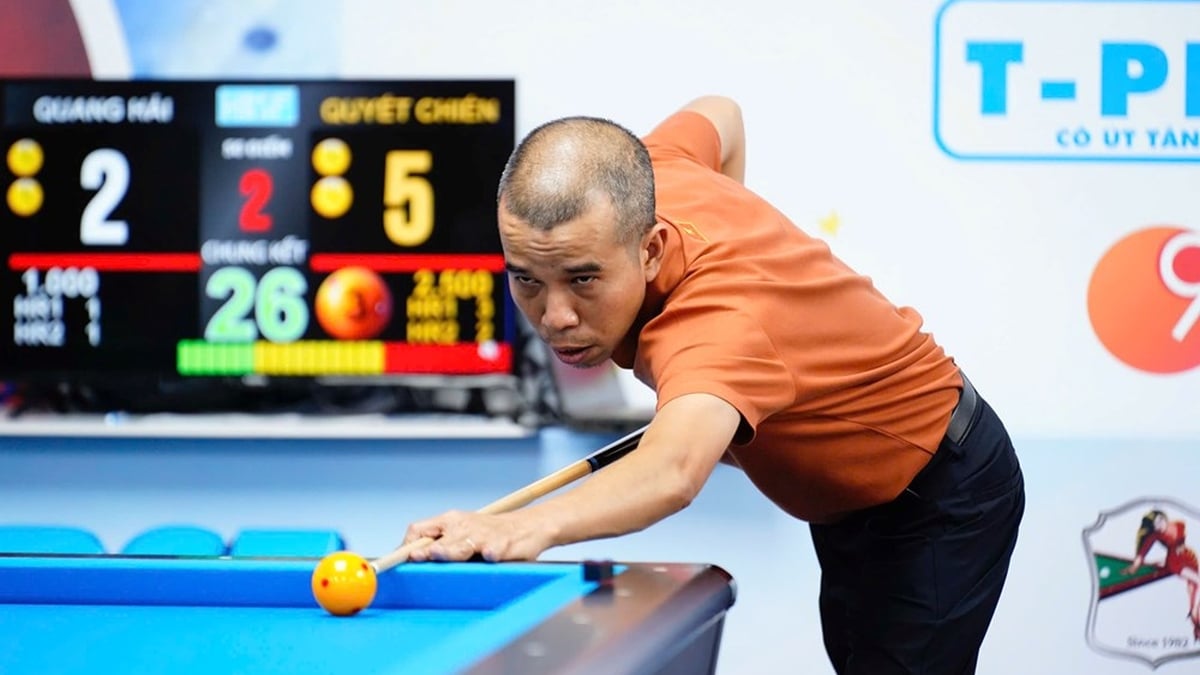
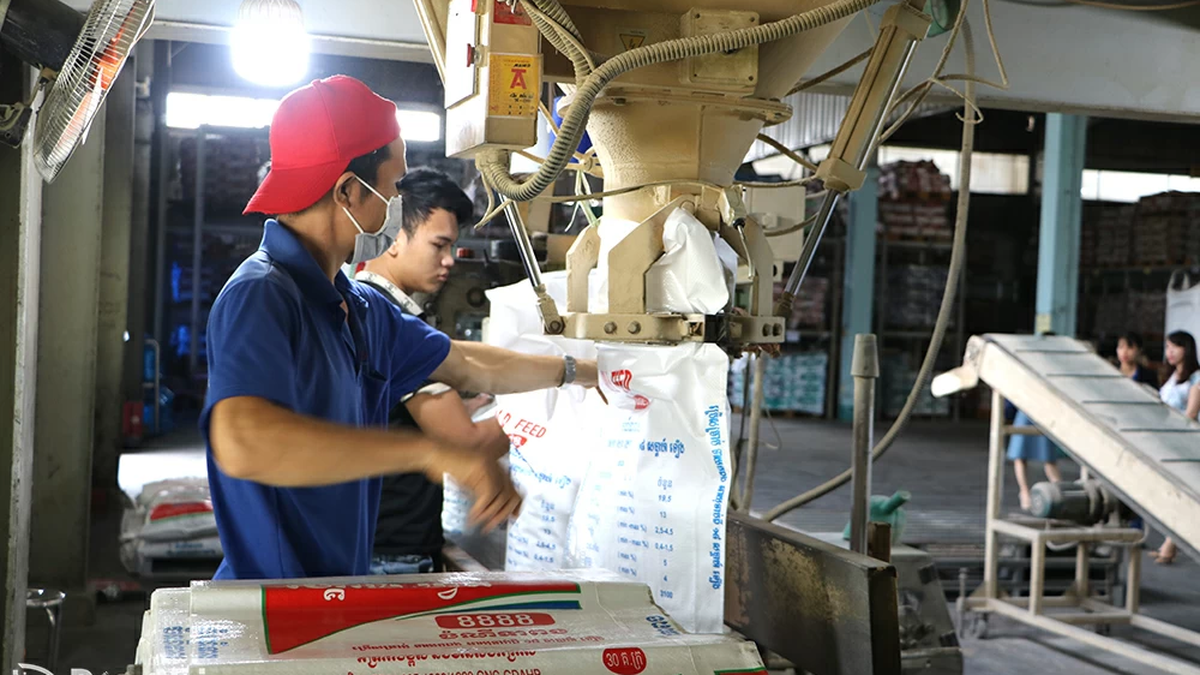
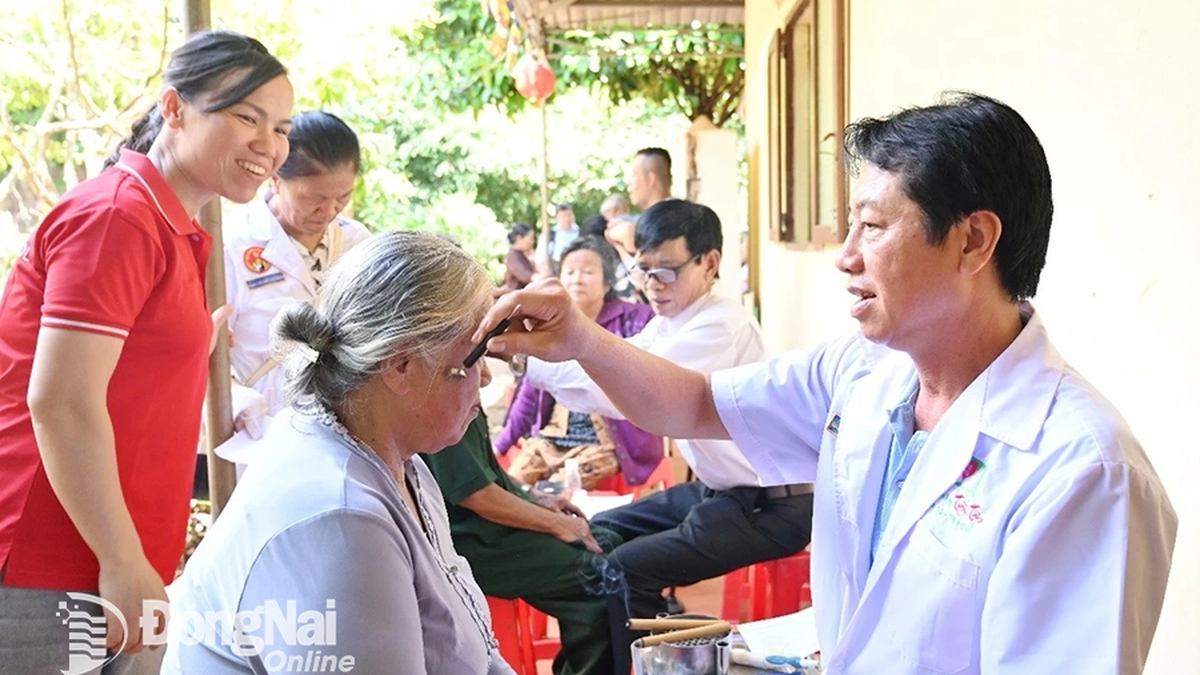

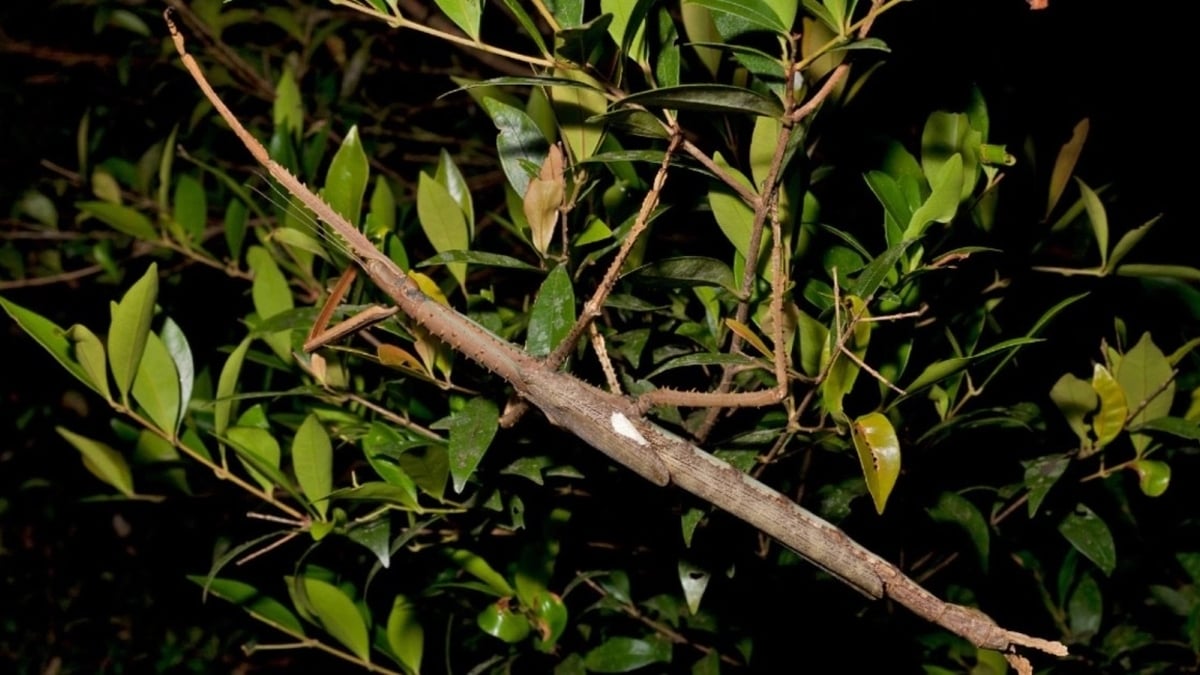
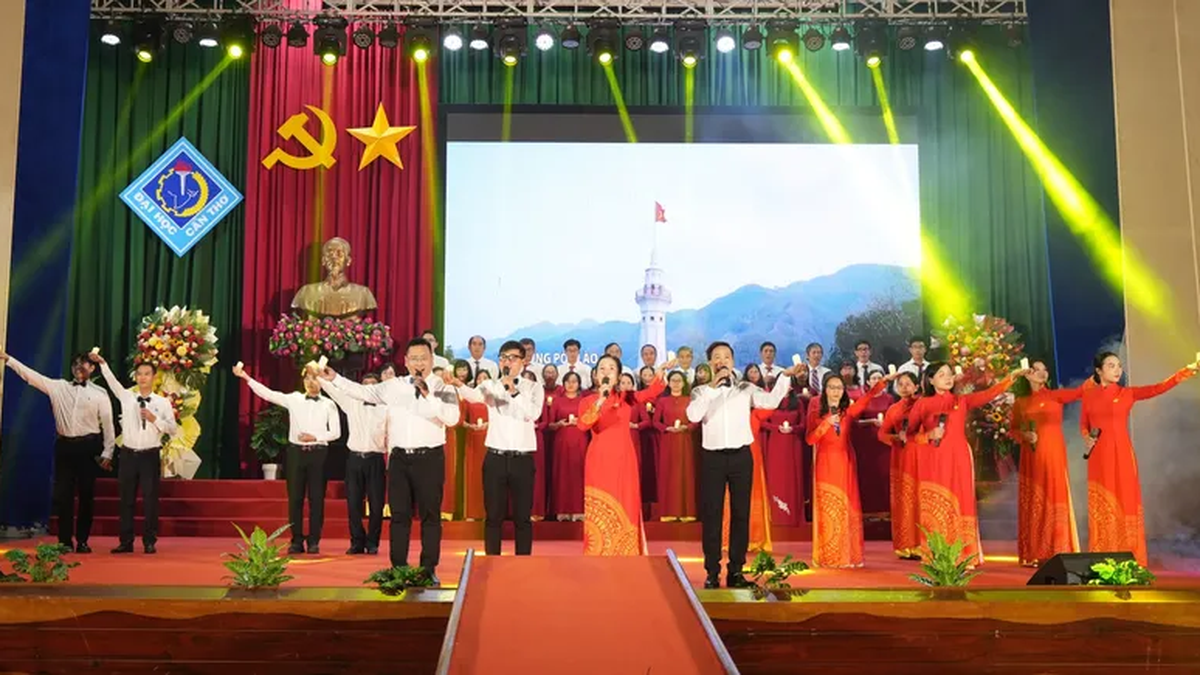

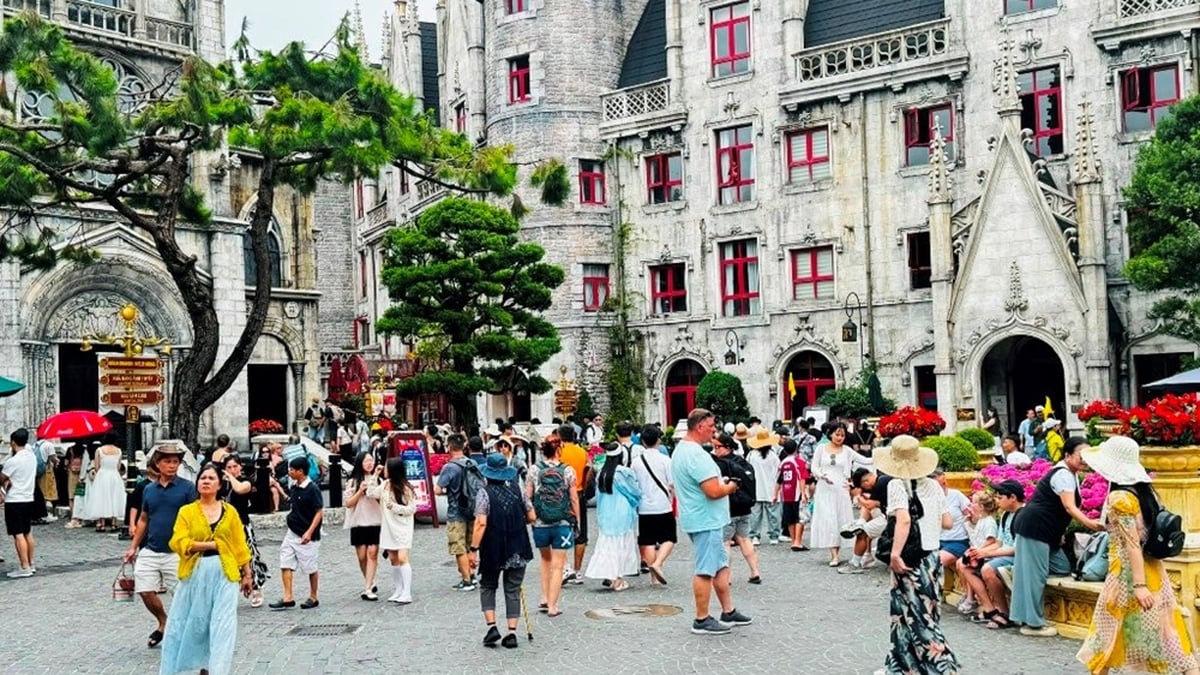
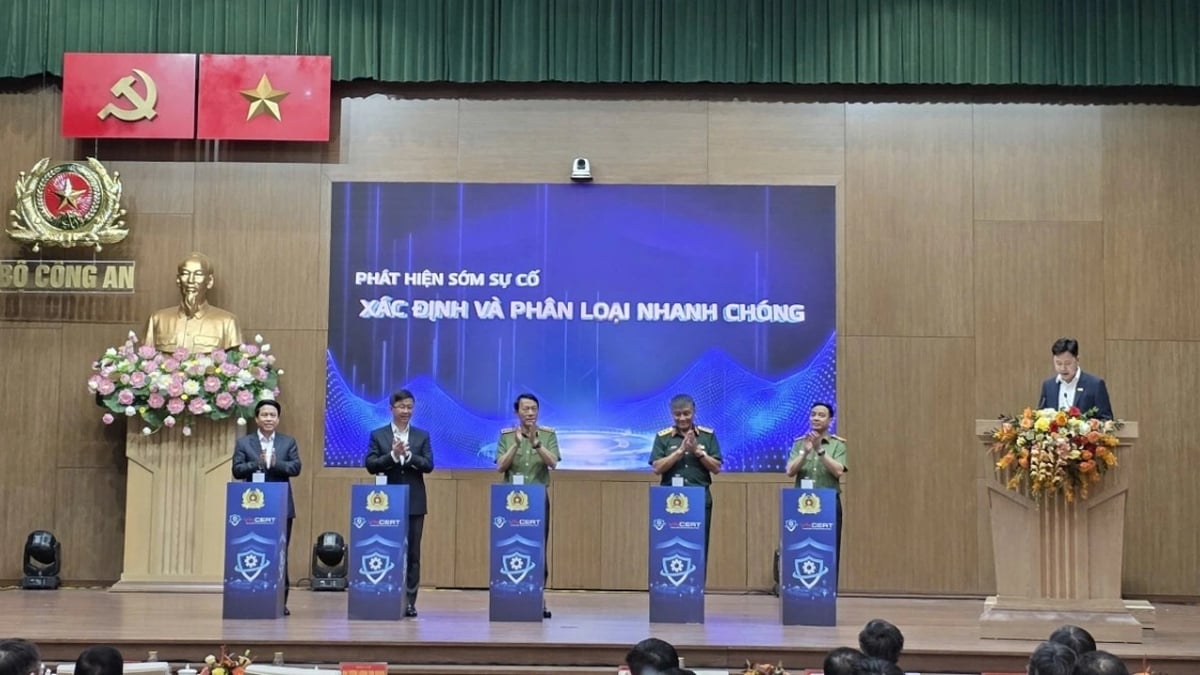
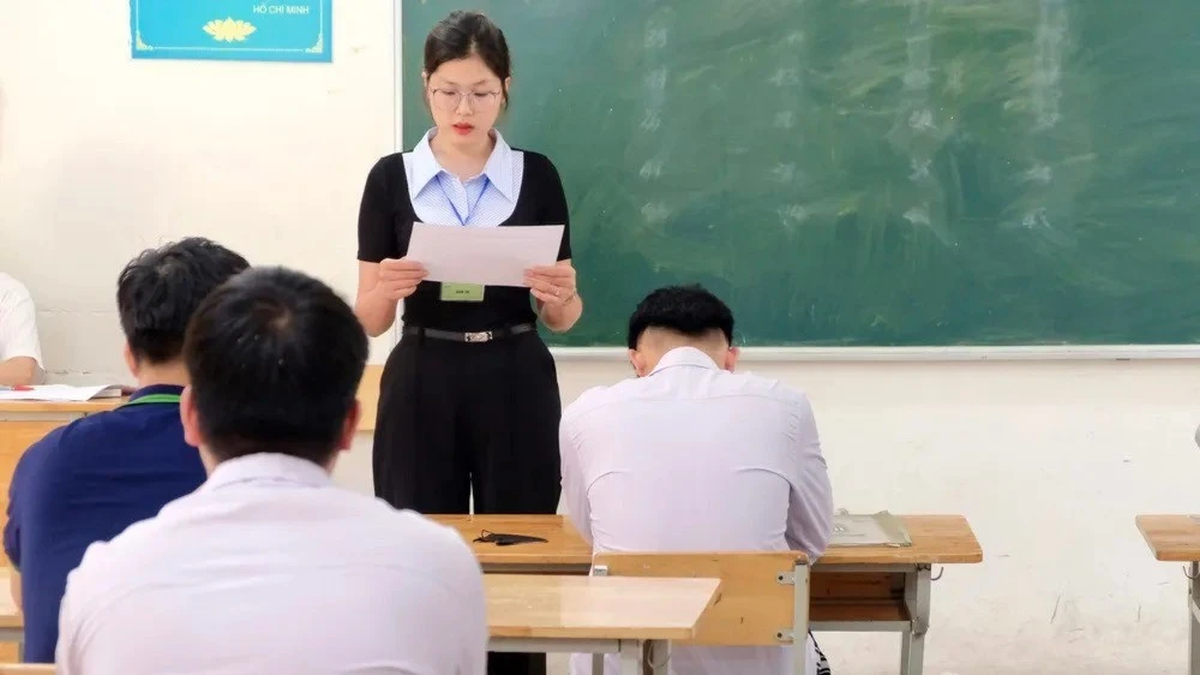












![[Photo] Nghe An: Provincial Road 543D seriously eroded due to floods](https://vphoto.vietnam.vn/thumb/1200x675/vietnam/resource/IMAGE/2025/8/5/5759d3837c26428799f6d929fa274493)







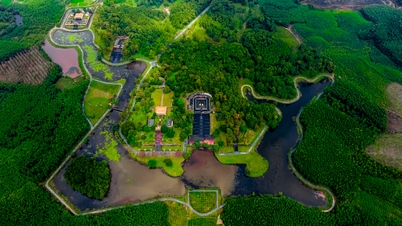



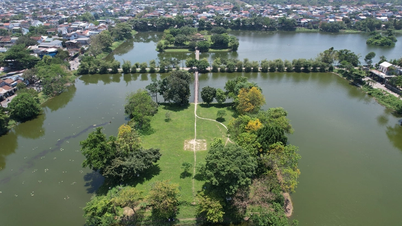
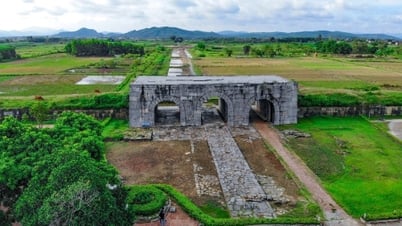

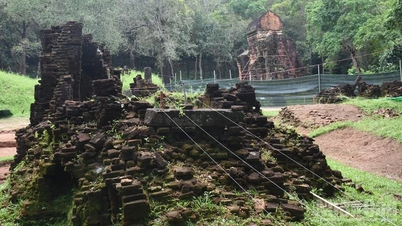










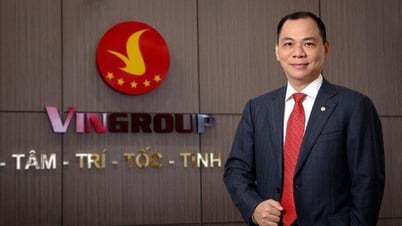



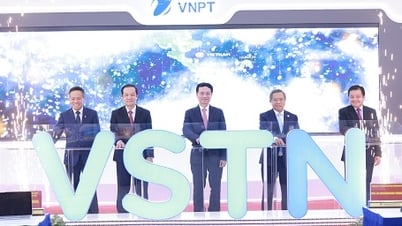

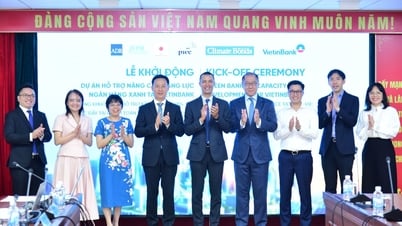
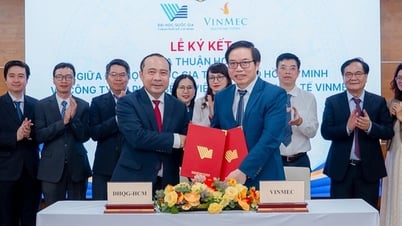

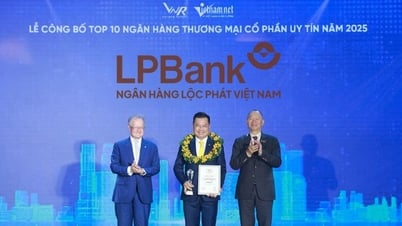
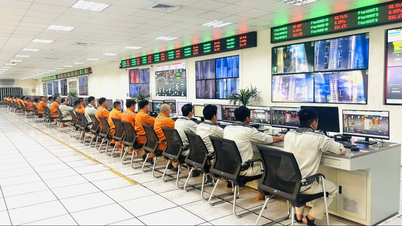
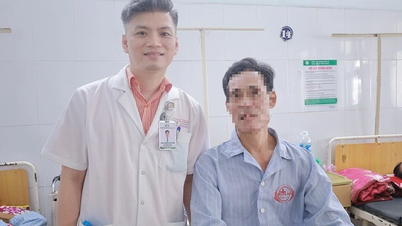
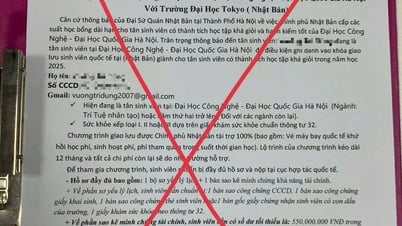
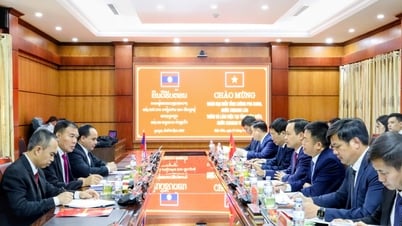





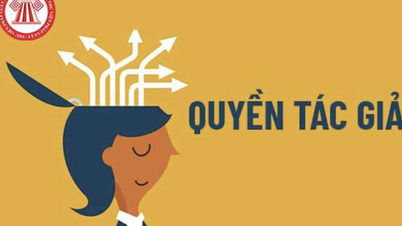

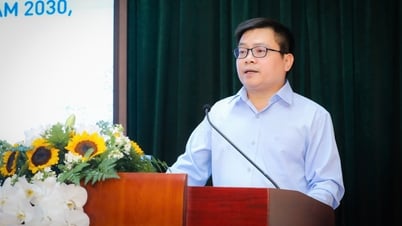

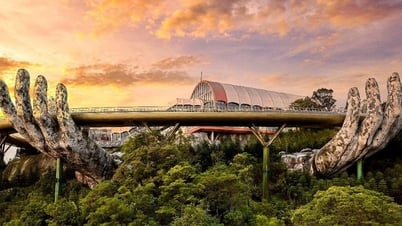
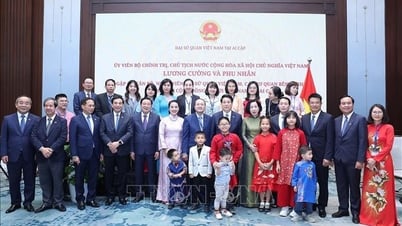

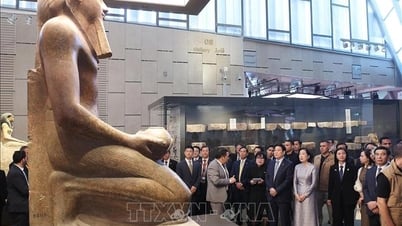
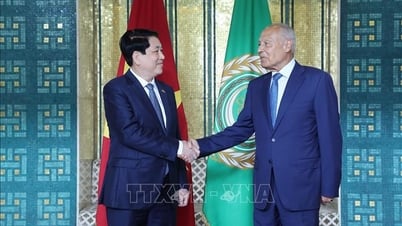





















Comment (0)